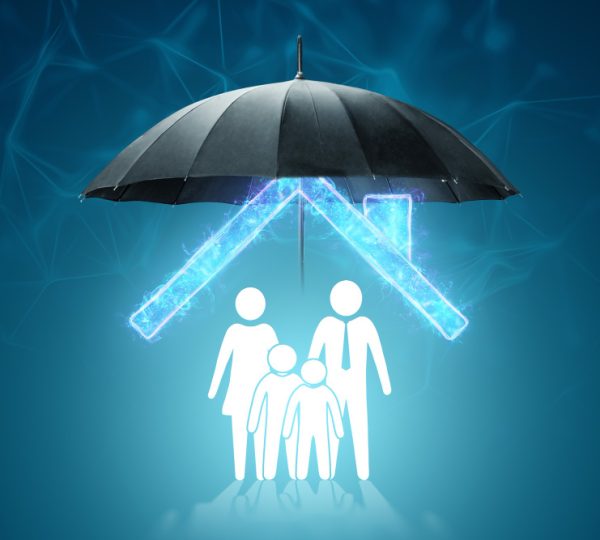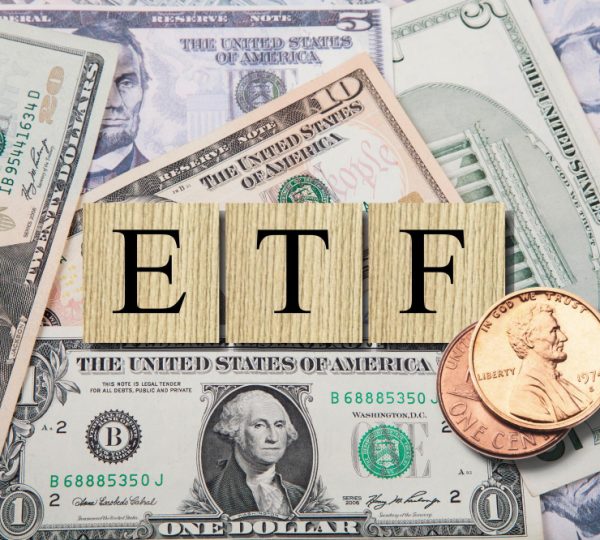The Decade That Will Rewrite The History Of The Insurance Industry: 2020/2030
Users won’t even know that they have customized insurance by the end of this decade, which will help them foresee diseases and accidents and cover their risks in real time. As social, technical, and economic trends change, people must adapt to evolving lifestyles, longer lifespans, and high expectations. Insurers’ roles are not falling behind and will change to meet new demands. In 2030, the insurance industry will resemble this.

Our world is forever changing due to the digital revolution. The many economic sectors are evolving at an astounding rate due to technological advancements in the times we live in. It has progressed to the point that, in a few years, sectors like insurance will change some identifiers that have existed since the Code of Hammurabi. For example, consider contingency insurance, which in 2030 may potentially predict them owing to data utilization. Several indications indicate that the insurance sector is getting ready for significant transformation. Providers from various sectors will engage inside ecosystems to produce value based on shared data. It won’t be about selling individual goods and services but rather about selling experiences created by several actors.
According to statistics from Accenture Research, 67% of executives in the insurance sector think that within five years, current business models will be unrecognizable and that such ecosystems will be the main force behind the transformation. Additionally, 3 out of 4 insurance businesses anticipate that most of their earnings will come from such ecosystems over the next five years, and 58% of insurance companies state that they are currently actively looking to integrate ecosystems. Because of its antiquity, the Code of Hammurabi is regarded as the earliest civil and criminal code. It goes back to the Babylonian Empire and governed civil and criminal affairs in everyday life.
The manner that people consume is drastically changing nowadays. The COVID-19 pandemic epidemic has merely accelerated this pattern. Today, we encounter older adults who, primarily due to the closure of 2020, have lost their apprehension of new technology alongside younger generations who are more interested in utilizing things than possessing them. In 2021, 23% of adults aged 65 to 74 reported shopping online, up from 13.5% in 2019, according to INE statistics. This change is simply one of several prevalent social trends right now.
Consequently, the insurance sector also exhibits tendencies specific to its various business segments. Concepts like mobility, which is more networked, autonomous, shared, and thought of as a service, are becoming more significant in this respect. For its part, the health field emphasizes ideas like precision and preventive medicine, automated triage, pharmacogenomics, linked health, and mental health, among other things. These variables interact with other, more general variables like the development of risk markets or the accessibility of value-added products, social welfare, and debt dilution programs.
Macro Trends in the Insurance Industry
Finding all of these effects related to various sectors enables us to identify several macro trends that will shape the future of the insurance sector.
The younger generations will own less stuff and use more shared goods and services. The insurance sector must adapt to this situation by developing new B2B interactions and business models.
People will commute in various networked, semi-autonomous forms of transportation by 2030. In this situation, insurance would cover the trip, not just one car. Consumers will also pay for the service on a pay-as-you-go basis.
Users will soon be surrounded by intelligent, connected devices that will gather, comprehend, and transfer their data. This will significantly impact the way the insurance sector will function. It will safeguard real-time data events more so than individual items.
Climate catastrophes will become more frequent and change how we live. In this situation, insurance firms’ responsibility will be to advise their customers on how to operate sustainably and minimize risks.
People will track their bodies and evaluate their health in a few years. Insurance providers can prevent disease by offering us advice on how to live a healthier lifestyle.
It won’t be enough to digital everything in a world where people live longer. The insurance sector ought to retain a comprehensive perspective on a person’s life and provide care services suitable to their needs. These macro trends build a picture of a world where longer-lived customers will have modern tastes and high expectations when combined with those mentioned above. They won’t have the time or inclination to cope with or pay for items they don’t care about since they will be too busy navigating an overly complicated environment. Furthermore, the fundamental nature of insurance will change due to democratizing data and artificial intelligence. The experience of insurance as we currently know it will become less valuable, and insurance will only be a facet of a good or service offered by a reputable company. To provide value to customers, actors from many industries will engage in new ecosystems in which insurance will play a part.
New Ecosystems
In particular, digital ecosystems will enable service providers like insurance firms to include their services in a more extensive experience with other stakeholders.
Customers are becoming more habituated to a new paradigm of consumption that is completely integrated, digital, and pay-per-use. Additionally, consumers are searching more for experiences than things. This is seen in the decreased propensity to possess items like cars, homes, and workplaces physically. These developments are a component of the collaborative economy, characterized by a growing readiness to share resources to increase value and cut costs. To remain competitive while expanding outside their conventional business focus, businesses must seek novel and adaptable business models. Technology innovations will be the deciding driver for change in this commercial environment. These are intricate networks of participants working together to use digital technology to produce benefits for everybody. Free-flowing data and services will provide users with a complete and seamless experience.
Digital Ecosystems
Typically, a provider serves as the primary orchestrator or facilitator in these digital ecosystems, such as a vehicle brand in mobility or a pharma business in health. However, all service providers, business associates, governmental organizations, and even external service providers of data-related services are implicated.
What function will insurance firms serve in these ecosystems? They can take on various positions, including lead facilitators, initiators, participants, and suppliers of security and confidence in ecosystems controlled by others. In further detail, seven critical ecosystems have been identified where insurance firms may find significant growth potential in both direct and indirect value creation. The life, mobility, health, markets, business, equity, and travel ecosystems are interconnected. These are opportunities like risk engineering, inheritance planning, tracking vehicle conditions and establishing rewards, data security, and linked homes and autos.
The gathering, combining, and analyzing of data from many sources is the foundation of the value chain in the new digital ecosystems. Building hyper-personalized value offerings for new customers will be possible thanks to these methods.
Insurance conglomerates in 2030 are like
In this respect, it is anticipated that insurance firms will have installed internet of things-based sensors across each ecosystem by 2030, enabling them to offer detailed information on risk factors inside the ecosystem. Additionally, they will spend money on data sets that contain intersecting information, allowing them to develop a comprehensive understanding of the dangers associated with these ecosystems. To give complete insight into risks, all will be merged with the usage of insurance firms’ proprietary software, which will be connected with external artificial intelligence solutions. The selection, monitoring, and fraud prevention of these risks will all be improved by insurers thanks to this comprehensive view.
With this expertise, businesses will be able to create unique value propositions that pair insurance protection with a variety of ecosystem-wide extra services.
For this to occur, insurance firms must adopt technologies that unite the different ecosystem actors. Using APIs, for instance, will make it easier to communicate data. However, to allow for the free exchange of information between the businesses and the ecosystem, they will also need to give up their infrastructure. Open insurance is one idea that offers a significant chance in this area.



